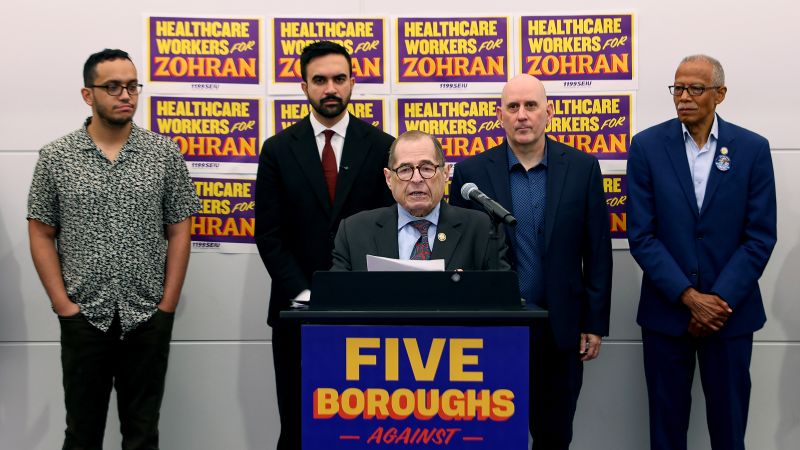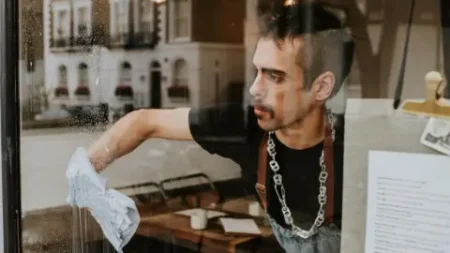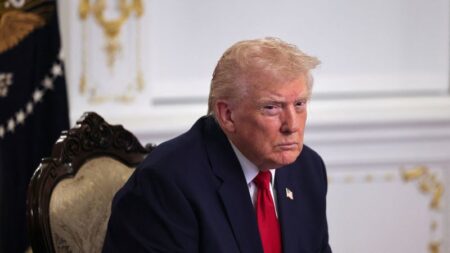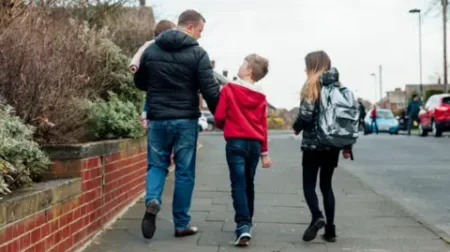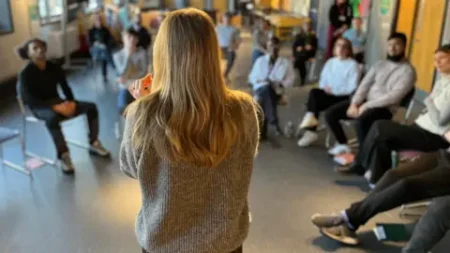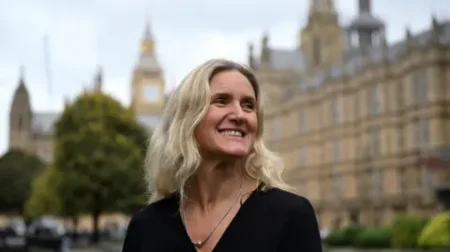Zohran Mamdani, the Democratic nominee for Mayor of New York City, kicked off a tour of the city’s five boroughs with a compelling agenda that ties former Governor Andrew Cuomo to President Donald Trump. This connection is likely strategic, aiming to attract voters who are disillusioned with both figures and their political legacies as Mamdani sets his sights on the November election.
In a vibrant gathering held in Midtown Manhattan, Mamdani was joined by influential supporters, including U.S. Representative Jerry Nadler, who underscored the breadth of backing for the Democratic nominee. Amidst the backdrop of upcoming elections, it became evident that despite the absence of endorsements from high-ranking members within the Democratic Party, Mamdani’s support base remains robust. Notably, the event gained traction following a report from The New York Times, which indicated recent communications between Cuomo and Trump—denials from both parties followed.
During the event, Representative Nadler articulated a notable critique, asserting, “The truth is Cuomo and Trump are very similar. Both use their power to serve themselves and their wealthy donors, not the people.” This statement brought forth a powerful framing of the political landscape in New York, characterizing the challenge Mamdani faces as he strains to unseat Cuomo, who, following a surprising loss in the June primary, is now running as an independent candidate.
As the election approaches, both candidates appear to be sharpening their attacks to gain an edge. Mamdani is spotlighted for being on the forefront of housing issues, pushing for a rent freeze on units that fall under New York’s rent-stabilization laws—a substantial concern affecting over a million units across the city. In an effort to counter Mamdani’s progressiveness, Cuomo has criticized him for residing in a rent-stabilized apartment, aiming to tarnish the credibility of Mamdani’s advocacy for affordable housing.
Cuomo has taken a more personal route in this political scuffle, emphasize Mamdani’s privileged upbringing as the son of esteemed figures—Mahmood Mamdani, a Columbia University professor, and filmmaker Mira Nair. This framing sets the stage for Cuomo to decry Mamdani’s housing policies as hypocritical and disconnected from the realities faced by working-class New Yorkers.
Undeterred, Mamdani is also prepared to strike back with creativity and bravado. Recently, he announced plans for “Zohran’s law,” aimed at ensuring that the rich are excluded from access to affordable housing. Responding to Cuomo’s criticisms on social media, he quipped, “I live rent-free in Andrew Cuomo’s head,” showcasing his knack for wit in the face of adversarial attacks.
The exchanges encapsulate the rising tension enfolding the mayoral race, sparked by Mamdani’s unexpected primary win, which has sent shockwaves through moderate and conservative factions opposed to his forward-thinking vision for the city. Despite the turbulence, Mamdani is positioning his campaign to resonate with everyday New Yorkers, advocating for a future where affordability in housing is within reach for all citizens.
Adding to the complexity is the position of the current mayor, Eric Adams, who is launching an independent campaign after a fallout with the Democratic Party. His involvement raises questions regarding the formation of a concerted anti-Mamdani alliance, as he navigates the political landscape following allegations of corruption that had him in the eye of scrutiny this year.
Mamdani’s strategy has also included pointing fingers at Trump-associated billionaires opposing his vision: “It is Donald Trump himself who has been directly conspiring with candidates,” he alleged, emphasizing his faith in the electorate to snap back against any outsider influence.
In contrast, Cuomo’s campaign spokesperson, Rich Azzopardi, dismissed Mamdani’s criticisms as desperate distractions, framing him as a hypocrite with a fallacious narrative. The exchanges underline both the animosity and the stakes of the ongoing campaign.
The saga of this dynamic mayoral race serves as a microcosm of the shifting political allegiances and challenges that characterize New York City’s diverse electorate, setting the stage for a contentious election season ahead.





